Culture & Travel
29 April 2025Thousands of years ago, people engraved their beliefs into towering pillars, carved stones, and massive sacred structures. Today, these temples that we encounter across the world are not merely religious monuments; they are silent witnesses of history, carrying unique clues about the birth of civilizations, the evolution of architecture, and humanity’s cultural heritage.
If you love discovering history and experiencing cultural richness during your travels, this article invites you on a breathtaking journey from Göbeklitepe to Angkor Wat.
Göbeklitepe – Türkiye
Located in Şanlıurfa, Göbeklitepe is not only one of Turkiye's but also one of humanity’s most important archaeological discoveries. Dating back 12,000 years, Göbeklitepe shattered all assumptions about the transition to settled life as the oldest known temple complex.
The massive T-shaped stone pillars adorned with animal reliefs, human figures, and abstract symbols indicate a complex belief system. When you visit this UNESCO World Heritage Site, you feel as though you have been transported thousands of years back in time. Walking over the protective transparent roofs, seeing the first traces of faith carved into stone up close, reminds you once again of the ancient cultural richness of these lands.
Ziggurat of Ur – Iraq
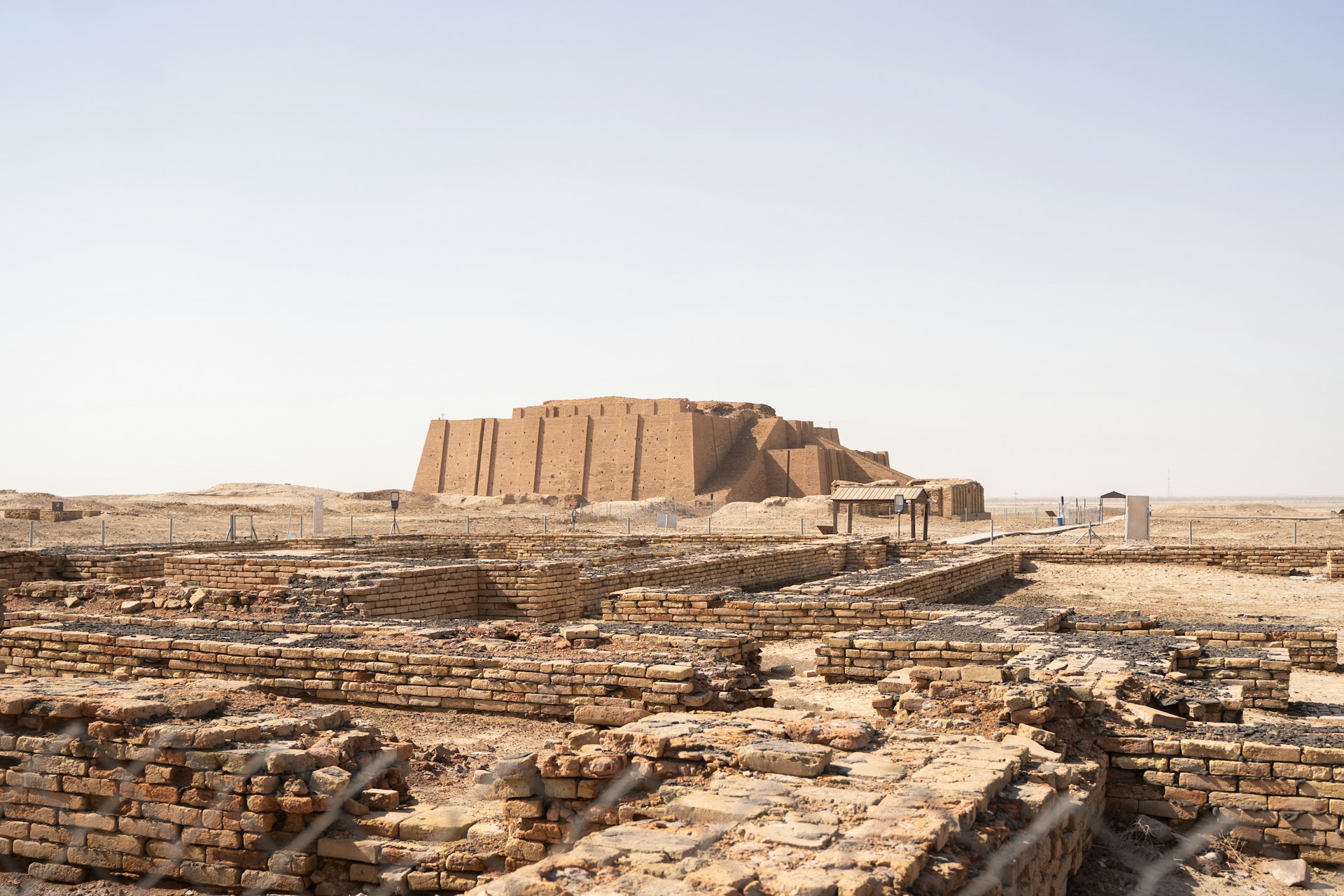
Located in the ancient city of Ur in southern Iraq, the Ziggurat of Ur was built around 2100 BC. It is regarded as one of the religious and architectural marvels of Mesopotamian civilization, dedicated to the moon god Nanna, symbolizing the desire to be closer to the divine.
Priests conducted ceremonies atop the giant stepped structure, while the people gathered around it to worship. Though partially restored today, the Ziggurat remains an unmissable stop for history enthusiasts wanting to connect with one of Mesopotamia’s first cities. Setting foot on its steps is like feeling the Sumerians’ yearning to reach the heavens.
Karnak Temple – Egypt

Recognized as the world's largest ancient religious complex, Karnak Temple is located in Luxor, the land of pharaohs in Egypt. Expanded over 2,000 years by different pharaohs, the Karnak Temple was mainly dedicated to the god Amun-Ra but also housed temples for Mut and Khonsu.
With its colossal columns, obelisks, sacred lakes, and grand courtyards, Karnak leaves visitors in awe. It was once one of ancient Egypt's religious centers and still impresses today. Walking through the 134 columns of the Hypostyle Hall makes you feel as though time has stood still.
Stonehenge – England
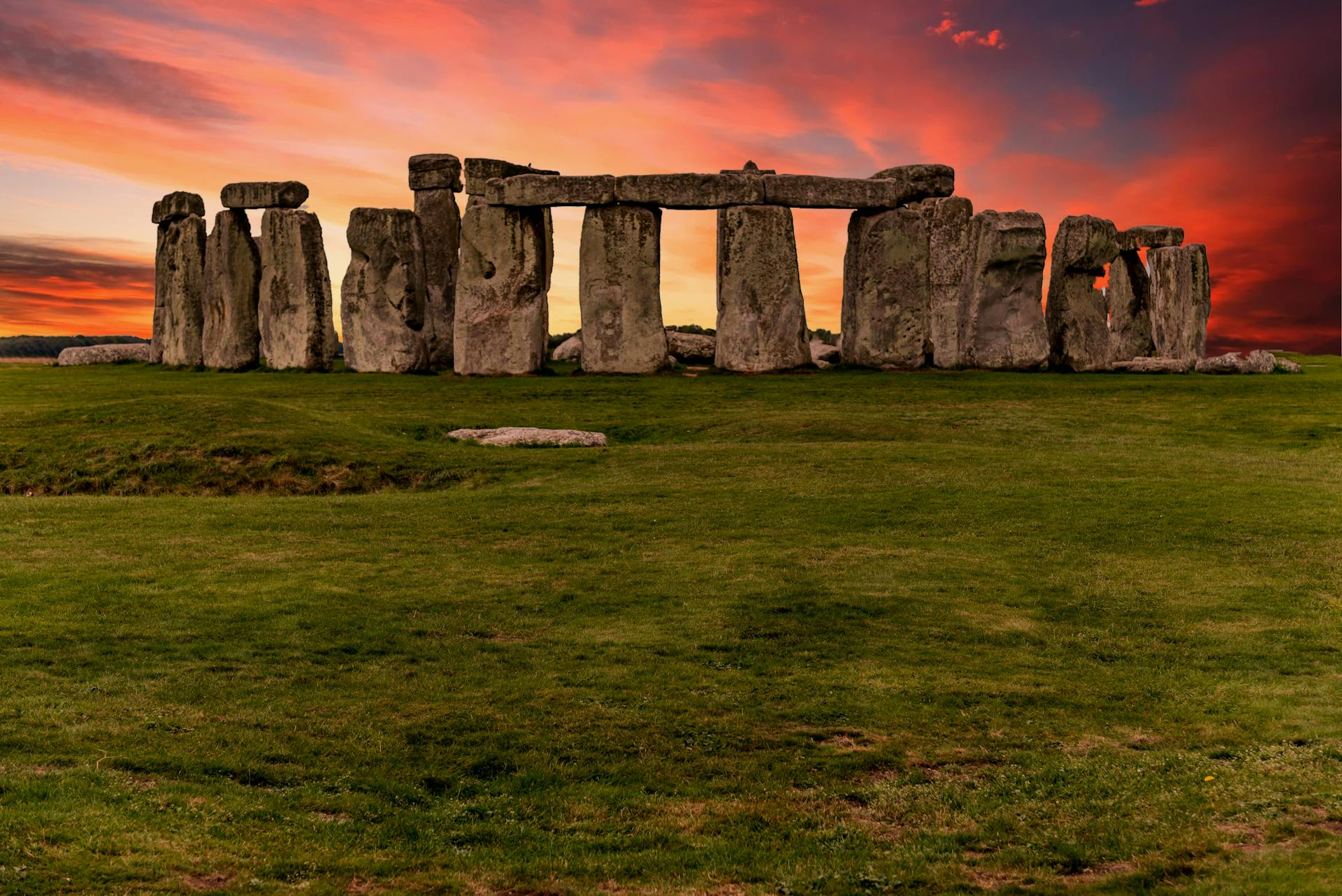
Now, let’s visit an ancient temple shrouded in mystery. Located in Wiltshire, England, Stonehenge dates back to between 3000 and 2000 BC. This stone circle, used by prehistoric societies for religious and astronomical purposes, continues to puzzle historians about how its enormous stones were transported.
Its alignment with the sunrise and sunset suggests it may have functioned as a calendar tracking seasonal changes. Every year, particularly during the summer solstice, thousands of people visit Stonehenge. Its mystery and connection with astronomy have made it one of humanity’s most fascinating symbols of nature's awe and the quest to understand the universe.
Borobudur – Indonesia
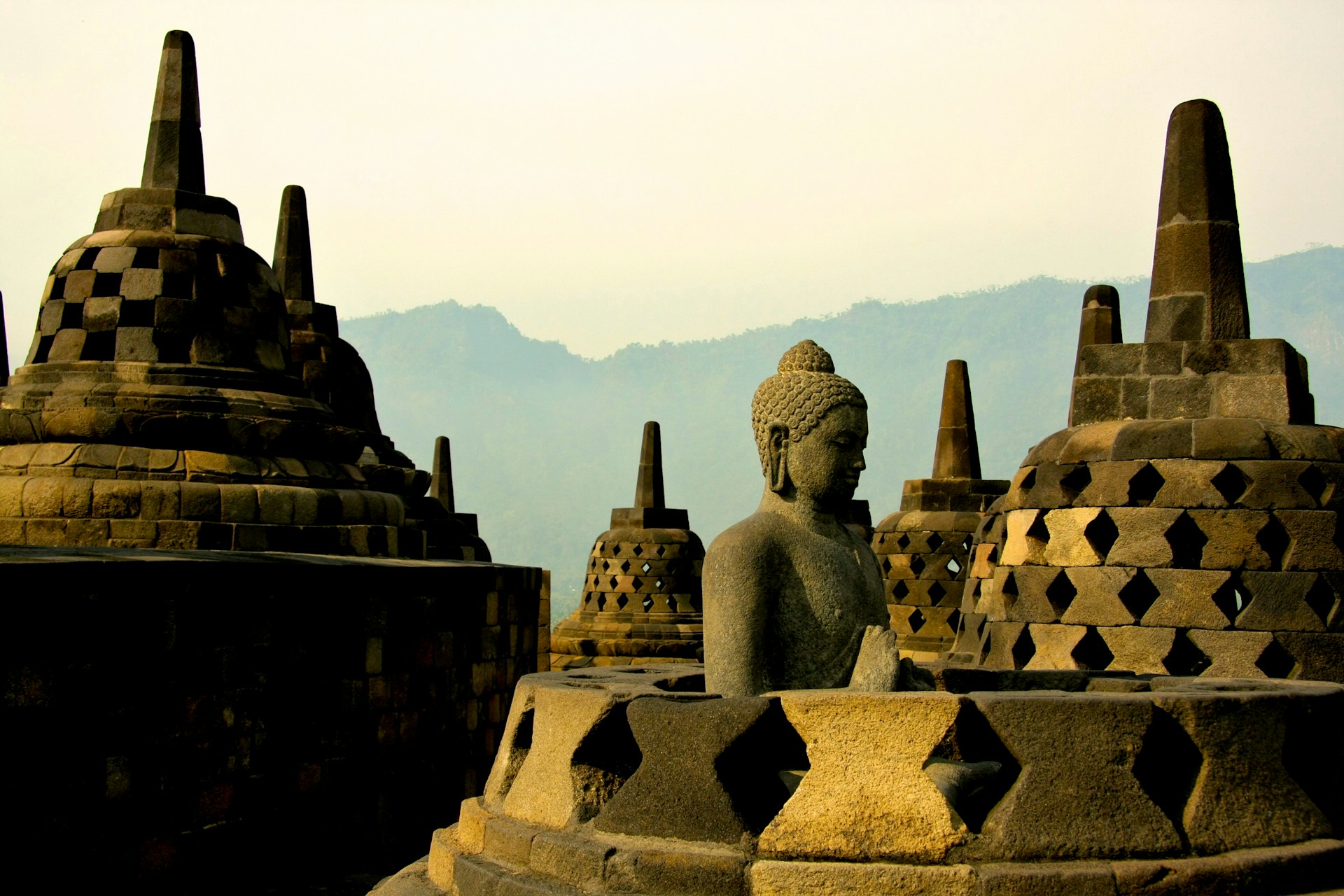
Known as the world’s largest Buddhist temple, Borobudur is located on Java Island in Indonesia. Built in the 9th century, this monumental structure is a stone-carved Buddhist encyclopedia, featuring over 500 Buddha statues, 72 stupas, and more than 2,600 relief panels.
Its tiered structure represents the Buddhist cosmology—a spiritual journey from the lower levels to Nirvana. As you ascend the temple, both the view and the symbolic meaning transform, reflecting a path of spiritual enlightenment.
Listed as a UNESCO World Heritage Site, Borobudur is especially breathtaking at sunrise.
Prambanan – Indonesia
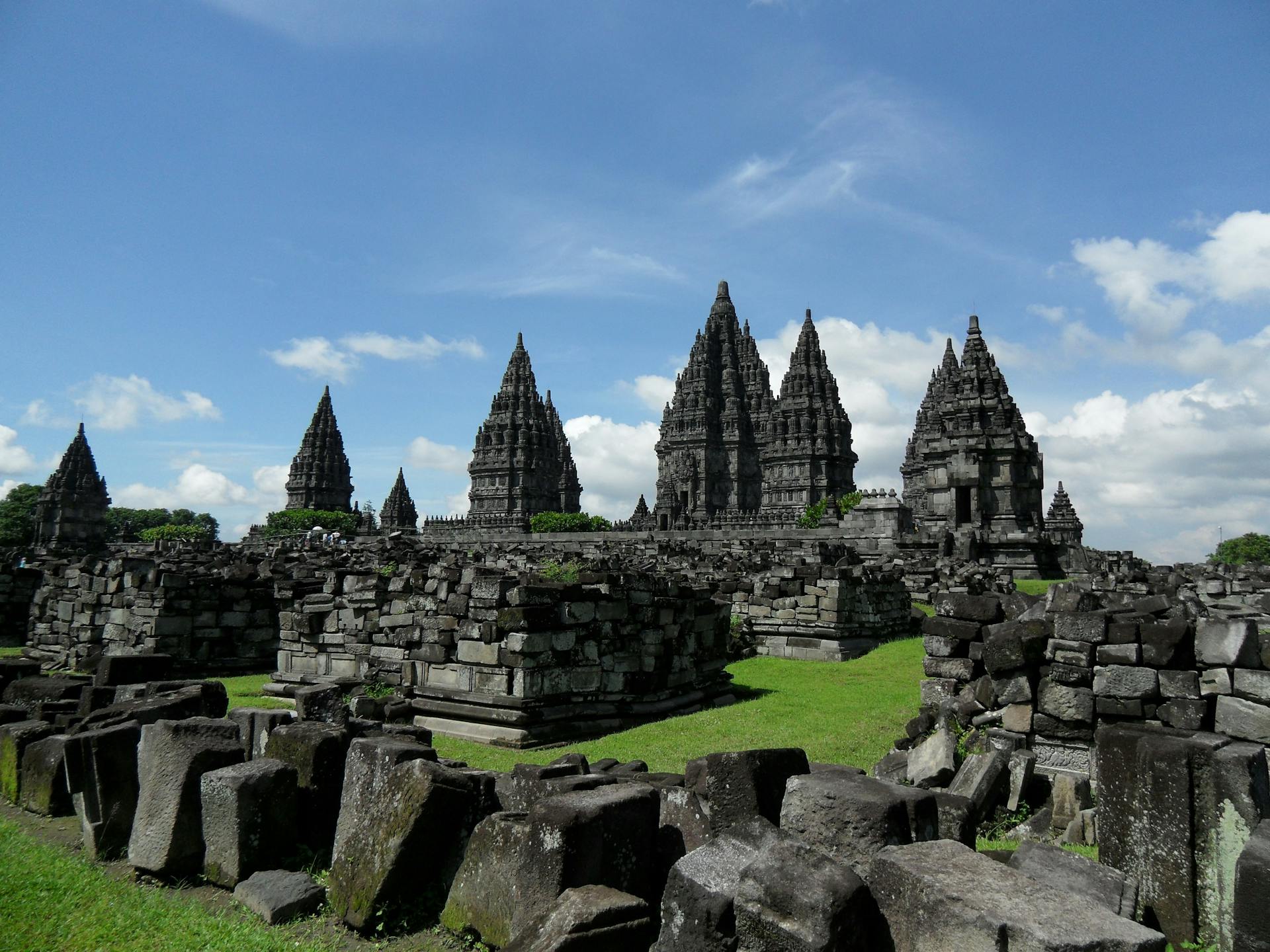
Also located on Java Island, Prambanan is a temple complex dedicated to Hinduism. Built in the 9th century, it consists of three main temples devoted to Shiva, Vishnu, and Brahma, surrounded by dozens of smaller shrines.
With its majestic stone craftsmanship, mythological reliefs, and soaring towers, Prambanan stands as the most stunning example of Hindu architecture in Indonesia. It hosts both religious rituals and cultural performances. The Ramayana ballet performed in the open-air theater adds a rich cultural experience to your visit.
Visiting Borobudur and Prambanan together allows you to witness how two great faiths coexisted in the same geography.
Angkor Wat – Cambodia
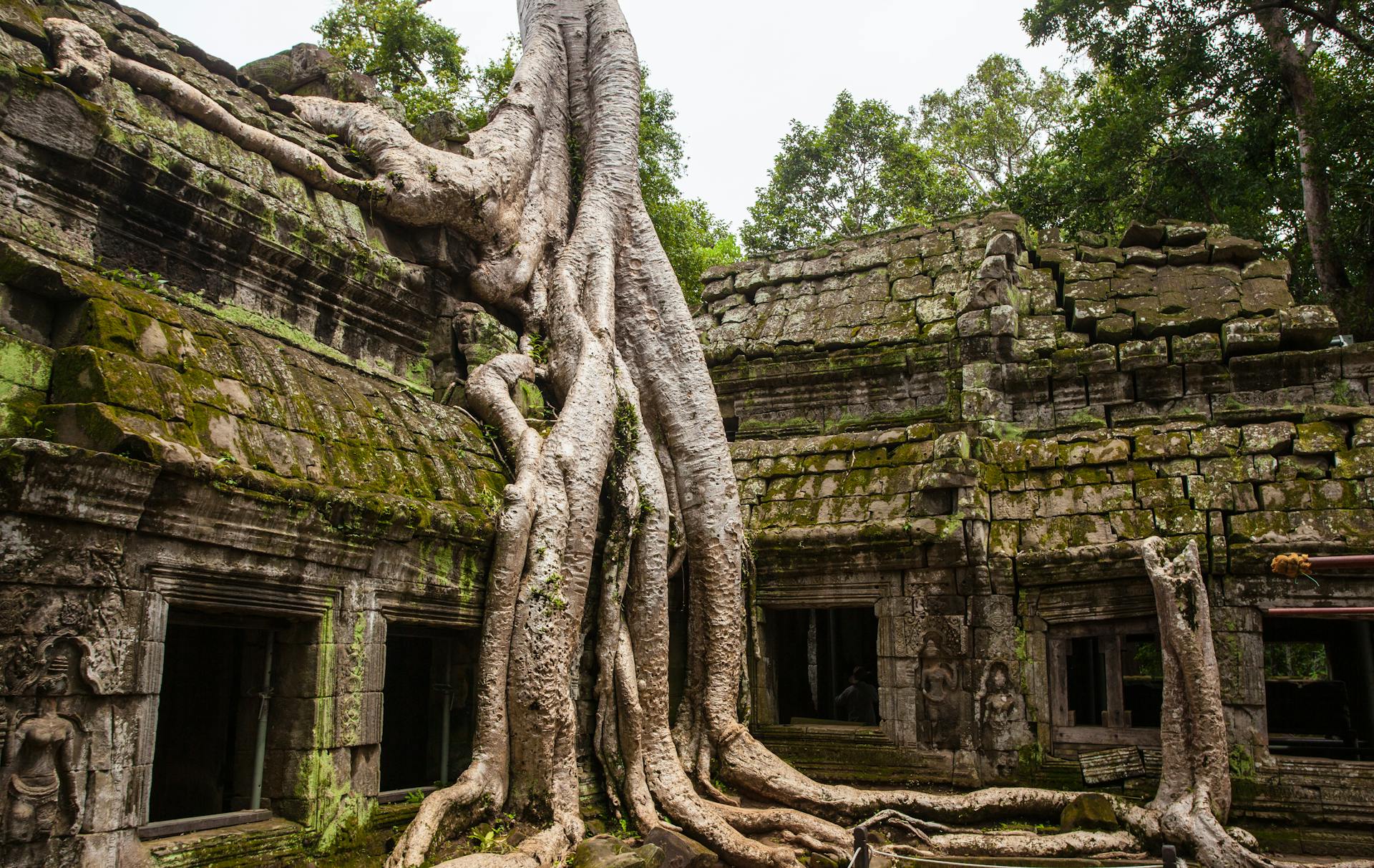
Located in Siem Reap, Cambodia, Angkor Wat is the world’s largest temple complex and the pride of the Khmer Empire. Built in the 12th century, it served first as a Hindu, then a Buddhist temple.
With its intricate stonework, kilometers of relief-adorned walls, and magnificent towers, Angkor Wat is not just a religious monument but also a peak of civilization. The surrounding area includes other spectacular structures like Angkor Thom and Bayon, making it essential to plan a few days for exploration.
At sunrise, the reflection of the rising sun behind the temple on the pond creates one of the world’s most enchanting views. It’s no coincidence that Angkor Wat is the highlight of any trip to Cambodia.
Final Word: Humanity’s Memory Carved in Stone
Adding these temples to your travel plans means more than seeing new places—it’s about connecting with history and reading the earliest chapters of the human story in situ. This captivating journey from Göbeklitepe to Angkor Wat might just become the most meaningful trip of your life.


